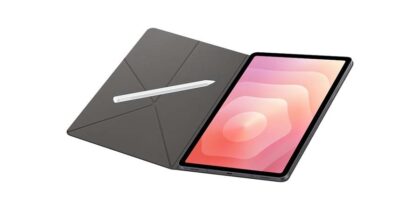Is the modern conference call obsolete? Ask pretty much anyone in the business world and they’ll probably say yes. This is not a trick question, nor is the answer particularly shocking.
To accommodate today’s increasingly mobile workforce, virtual meetings and conference calls have become de rigueur for getting things done in the boardroom. Or have they?
Think about the last meeting you attended, whether it was in person or on the phone. It probably happened just a few hours ago. And it was likely filled with complex technical difficulties and people who forgot to put their phones on mute. The result? A straightforward conversation or presentation devolves into a glitch-filled cacophony of barking dogs, clicking keyboards and other distractions that cause the meeting to begin 15 minutes late.
Even for those who joined the call remotely with their mute buttons properly enabled and their sleeves rolled up to get some actual work done, how do we know if they were paying attention? We simply don’t.
The Real Impact of Bad Meetings
The resulting chaos has a big impact on productivity and job satisfaction across the country. A survey by software firm Atlassian estimated that U.S. workers spend an average of 31 hours a month in unproductive meetings. Overall, they’re attending 62 meetings per month. The drag on productivity is staggering — an estimated $37 billion in salary is spent on unnecessary meetings for U.S. businesses, the survey found.
Another look at conference calls as reported by The Wall Street Journal found that more than a quarter of respondents admitted to falling asleep during a virtual meeting, while others “admitted to making other phone calls, snacking, exercising or playing video games during their conference calls.”
This madness has to stop. Not only do these meetings hurt productivity, they can be embarrassing for your clients and damage your credibility.
It’s time to rethink conference calls and meetings in general. With half of the country’s workforce holding a job that is compatible with working remotely, there must be a better way to communicate, whether you’re in the room or on the phone.
What Can We Do?
Despite today’s status quo, the future of meetings is far from bleak. By harnessing the power of technology, we can make meetings the productive experience they were always meant to be. There are myriad web conferencing options to enhance communications; and most laptops, tablets and phones have the ability to use video so you can see your colleagues while talking.
Imagine the boardroom, conference room, or virtual team of the future where attendees — wherever they are in the world — can seamlessly connect any of their devices for a productive exchange of ideas and presentation material. Imagine a meeting when the entire time is spent on brainstorming and making decisions versus connecting cables or having to worry about acronyms like HDMI, DVI or VGA. Imagine a conference call where the meeting organizer knows who’s actually paying attention — and who isn’t.
Whether it’s establishing better meeting practices and etiquette or simplifying the technology used, I think we can all agree there’s a lot of work to be done. We also know there is no silver bullet to addressing the many complex problems currently preventing conference calls from being meaningful and productive. The reality is that whether your working team is in the same office or all over the world, technology will prove to be an important connector.
And maybe, just maybe, meetings will serve a purpose again.
Watch this video to learn how Diebold is leveraging mobile technology to enhance collaboration across its mobile workforce.








